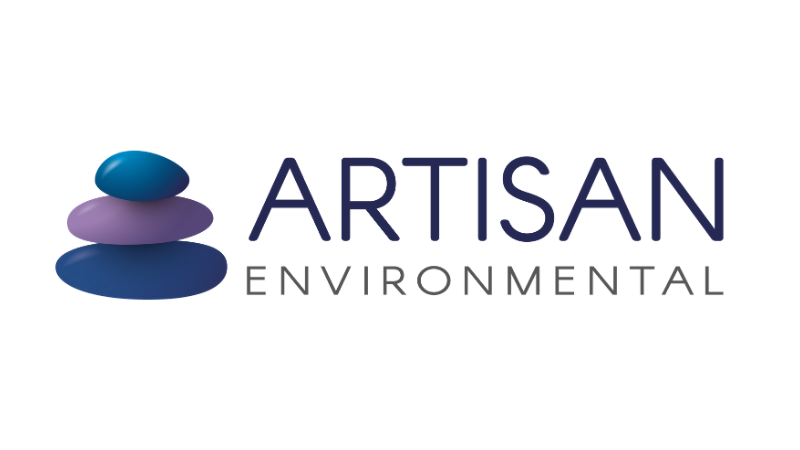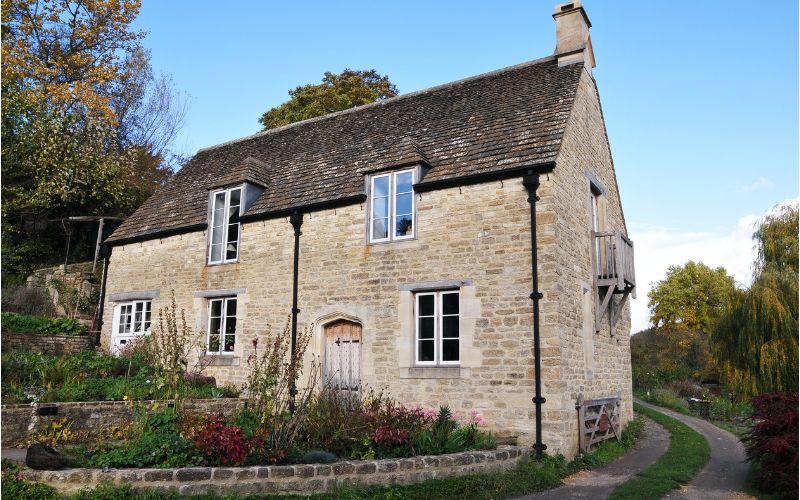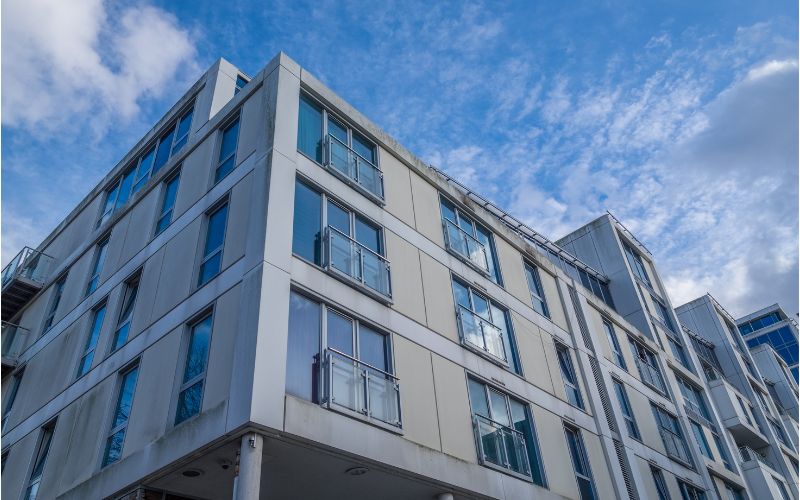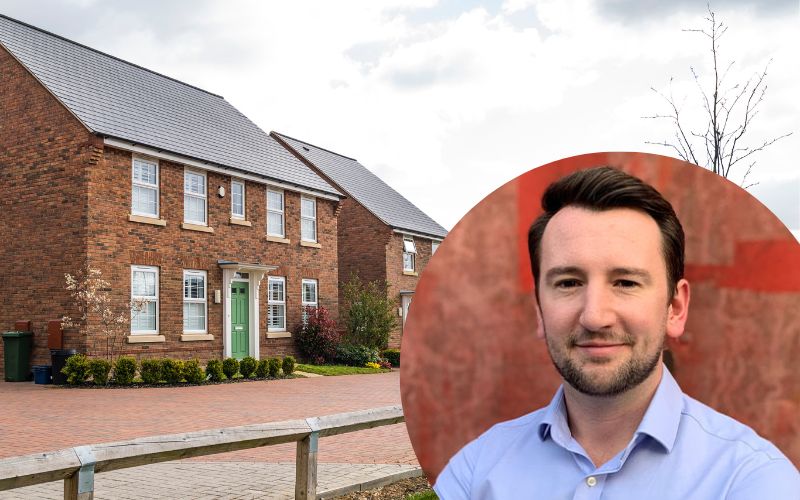There are different types of asbestos surveys, each designed for a different scenario. Let’s consider a brief overview of each;
Asbestos Management Survey
This is a full inspection and sampling survey of a building, with a detailed investigation of every room, area, roof voids, external fabric, and outbuildings. All accessible areas are inspected, however, no damage is caused to building fabric or décor, only accessible asbestos-containing materials (ACMs) will be sampled and recorded. Any suspect materials that can be accessed should be sampled for analysis and should not be presumed to contain asbestos unless this cannot be avoided. This survey type is appropriate for acquisition due diligence prior to purchasing and for creating an asbestos register for ongoing management of an occupied building or site. While legally required for the management of commercial buildings and the communal areas of residential flats, it may also be prudent to consider for a residential purchase to reduce risk.
Asbestos Refurbishment Survey
This is a fully intrusive survey that is carefully tailored to a Schedule of Works (SoW) prior to a refurbishment, conversion, cable or HVAC install or any other works which will disturb the fabric of a building. Within the proposed areas of works, an intrusive survey will be conducted in order to access all floor, wall, ceilings voids and within boxings and other fabric, which would not have been accessed and inspected as part of a Management Survey.
The areas of inspection and proposed works should be vacant for the survey, and damage will be caused to the building fabric. Due to the level of access required and the destructive nature of the survey, it is rarely economically feasible to make good afterward, and it is usually best practice to schedule this prior to works, leaving enough time for removal of any ACMs identified and without a period of re-occupation in the interim. It is however possible to make good and re-occupy, or even conduct this level of the survey on an occupied building if the proposed works are relatively minor. A good consultant should be able to assess your SoW and advise accordingly on this matter to help you minimise disruption, cost and risk.
Asbestos Demolition Survey
This is a fully intrusive survey carried out in the same way as a Refurbishment Survey (the 2 survey types are collectively known as Asbestos Refurbishment and Demolition Surveys). All areas of the building fabric must be fully accessed to identify all ACMs in order to allow safe removal of these prior to demolition. The building should be vacant and due to the level of access and damage required, it is usually not economical to make good and re-occupy prior to demolition.
Asbestos Sampling Survey
In certain circumstances, for example where an asbestos register is in place but a room or part of the building fabric was excluded, then a sampling survey can be carried out to specifically take samples of suspect materials without conducting a full survey. This approach should be used with care and should not replace a management or refurbishment and demolition (R&D) survey.
Asbestos Re-Inspection Survey
Once ACMs have been identified within a building, the survey report will include an Asbestos Register. This should include details of the type of material, location, asbestos type, finish, and condition, along with a Material Risk Assessment (MA) of each ACM and a recommendation on how the material should be treated or managed moving forwards.
The ‘Duty Holder’ in charge of the building should then put in place an Asbestos Management Plan, including a Priority Risk Assessment (PA), which assesses the likelihood that each ACM may be accessed or potentially damaged considering different variables around occupation and use of the building. The combination of the MA and PA will then give the overall Risk Assessment score of each ACM and this, in turn, will help to manage and prioritise any required remedial actions. The Control of Asbestos Regulations 2012 (CAR2012) specifies that ACMs should be inspected annually, primarily to ensure the level of damage has not changed, hence increasing the risk level of that material. This is carried out by means of an Asbestos Re-Inspection Survey.
Different surveys can be conducted in sequence to reduce risk while maintaining compliance with CAR2012. For example, an Asbestos Management Survey prior to purchase will locate most, if not all ACMs within the building in the majority of cases, thereby significantly reducing the risk of unknown costs following the acquisition. This survey could also be carried out at the early stages of a development project if the building is still occupied, again to identify ACMs and reduce the risk of disruption to the SoW.
Once the building is acquired and/or vacated the survey can then be topped up to an R&D Survey to ensure compliance prior to refurbishment, conversion, or demolition. Any ACMs that remain in situ can then be monitored annually by way of a Re-Inspection survey to ensure the Asbestos Management Plan remains up to date and in compliance with the legislation.
Thank you to Artisan Environmental for writing this blog for us. To find out more about them, click the link below -
https://www.artisanenvironmental.co.uk/
Disclaimer: Please note this article is for guidance purposes only and does not constitute legal advice.





